There’s a shrine and strange scene waiting for you at the top of this Japanese train station
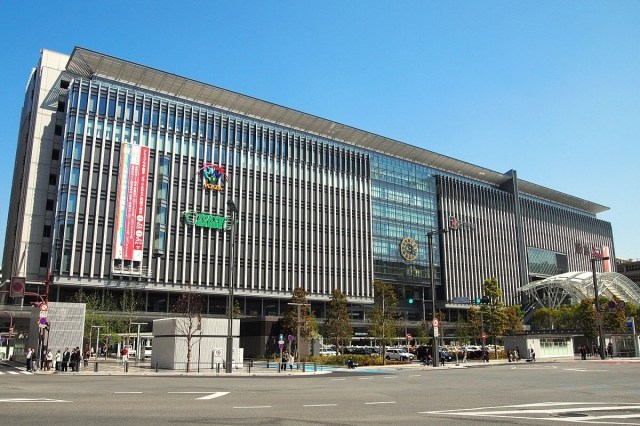
Before you hop on the train out of Fukuoka’s Hakata Station, visit the kids of good fortune in their shrine in the sky.
Hakata Station is the major rail hub for the city of Fukuoka, and also the busiest station on Japan’s southwest island of Kyushu. It has all the souvenir shops, restaurants, and other amenities you’d expect, but we’d heard some mysterious tales of what’s waiting for those who make the trip up to the roof.
Not only is there supposed to be a Shinto shrine, but also what people told us is a “train play” statue. Our curiosity piqued, we hopped in an elevator inside the Hakata City complex that’s housed inside the station building and punched the button for the very top stop, which was described as the Forest of the Swallows rooftop garden.
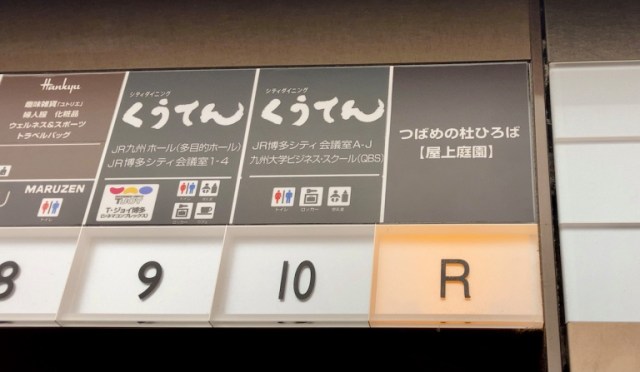
Once we arrived, we found ourselves in a space so inviting and open we found it hard to believe we were above the train station of the sixth largest city in Japan.
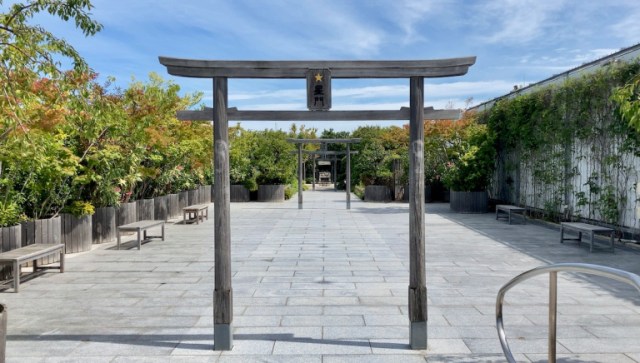
We quickly spotted a torii, as the gates that mark the entrance to a Shinto shrine are called. This one had a star emblem between its cross beams, and the kanji for “Star Gate.”

Passing through it, we then came to a second torii, the “Prosperity Gate”…
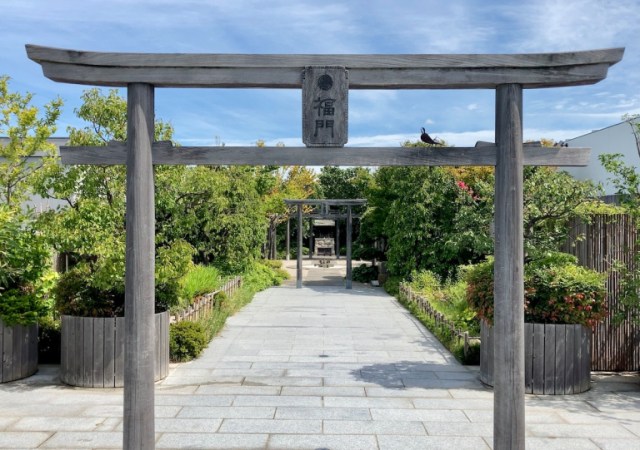
…and finally the “Dream Gate.” At this shrine, these three gates are supposed to purify visitors, invite blessings for them, and help ensure good interpersonal relationships, respectively.
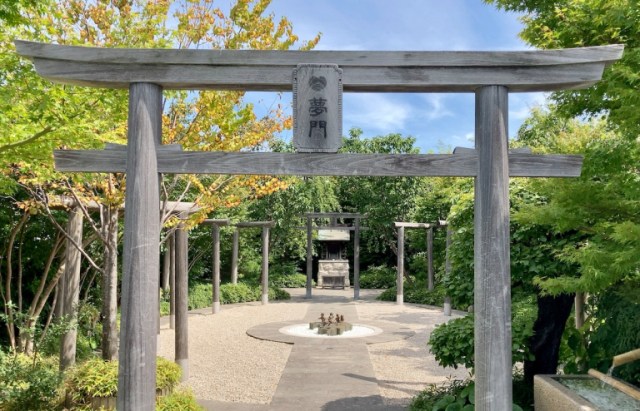
Past the three gates is the altar and donation box for the shrine, which is called Tetsudo Jinja (“Railway Shrine”), where visitors can say a prayer and ask for a safe train trip to wherever they’re headed. But between the third gate and the altar is a circular clearing, and it’s there that things get really unusual.
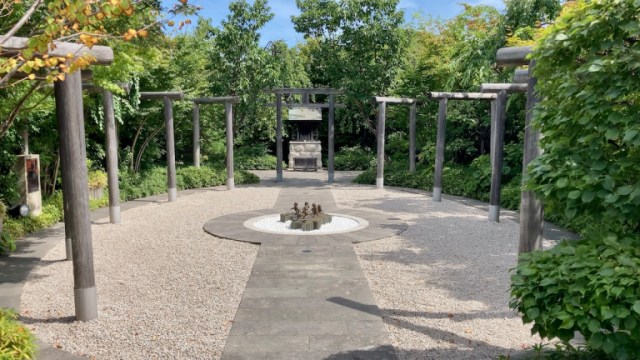
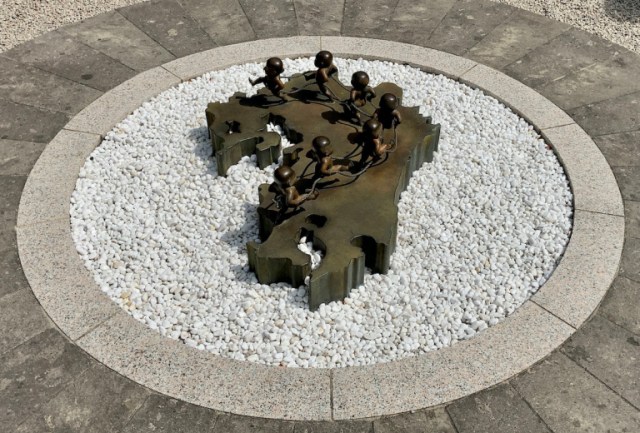
At the center of the circle is a bronze sculpture of Kyushu, and dancing atop it are, well, these.
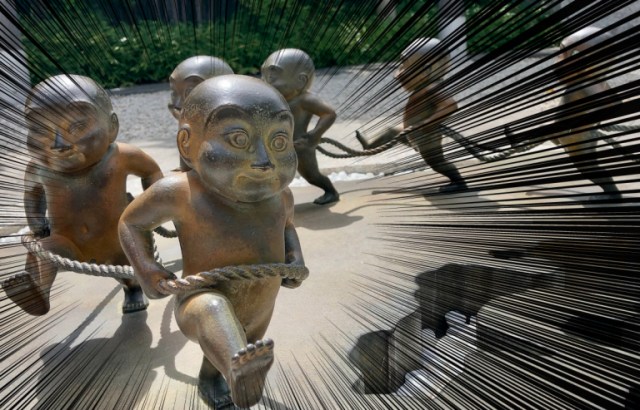
These energetic little guys are called the Enmusubi Shichifuku Doji, or the “Seven Children of Good Relations and Good Fortune.” There’s one for each of Kyushu’s seven prefectures, and the cord they’re collectively holding as they run is a visual metaphor for how railways connect the island’s people with each other.
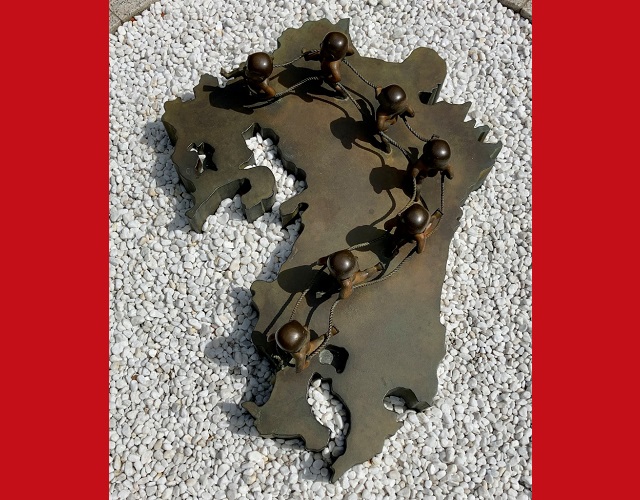
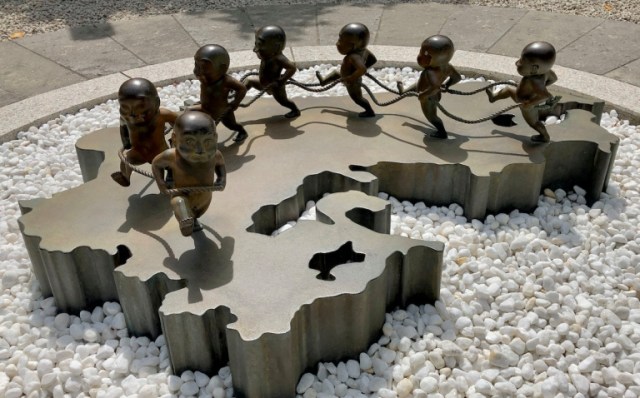
While they might remind you of the Shifukujin/Seven Gods of Fortune from Japanese mythology and folklore, the Shichifuku Doji are a modern, secular creation springing from the mind of Japanese artist Satoshi Yabuuchi, who also created the city of Nara’s somewhat unsettling mascot character Sento-kun.

Like Sento-kun, the Shichifuku Doji are completely bald, though they lack the Nara mascot’s deer antlers. The resemblance is strong enough that some people consider the seven statues to be Sento-kun’s brothers, although with no official plaque or explanation, the familial connection seems to be an unofficial one.
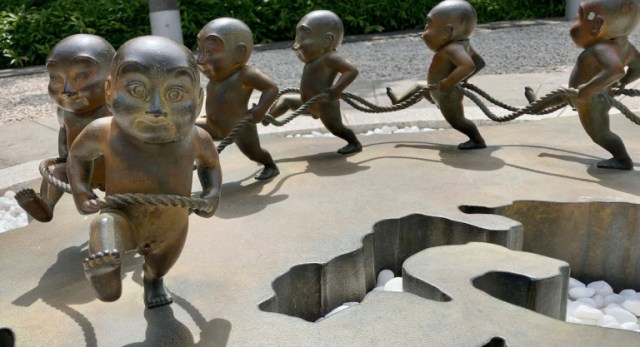
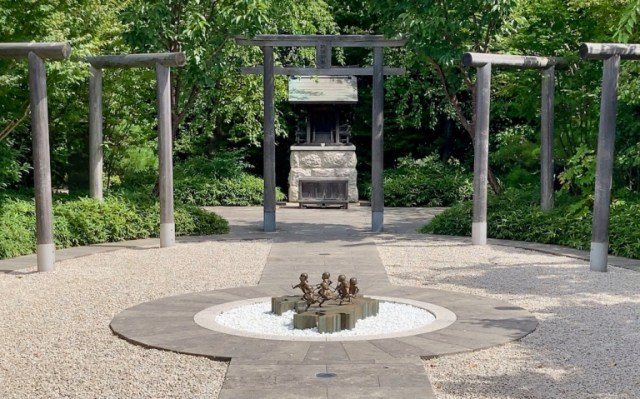
Admission to the rooftop garden is free, and if you’ve got time to kill before catching a train out of Hakata, this is a quirkily cultured place to spend it, and even if you’re by yourself, the Shichifuku Doji will keep you company.
Related: Hakata City
Top image: Wikipedia/ぱちょぴ
Insert images ©SoraNews24
● Want to hear about SoraNews24’s latest articles as soon as they’re published? Follow us on Facebook and Twitter!
Credit:




0 comments: